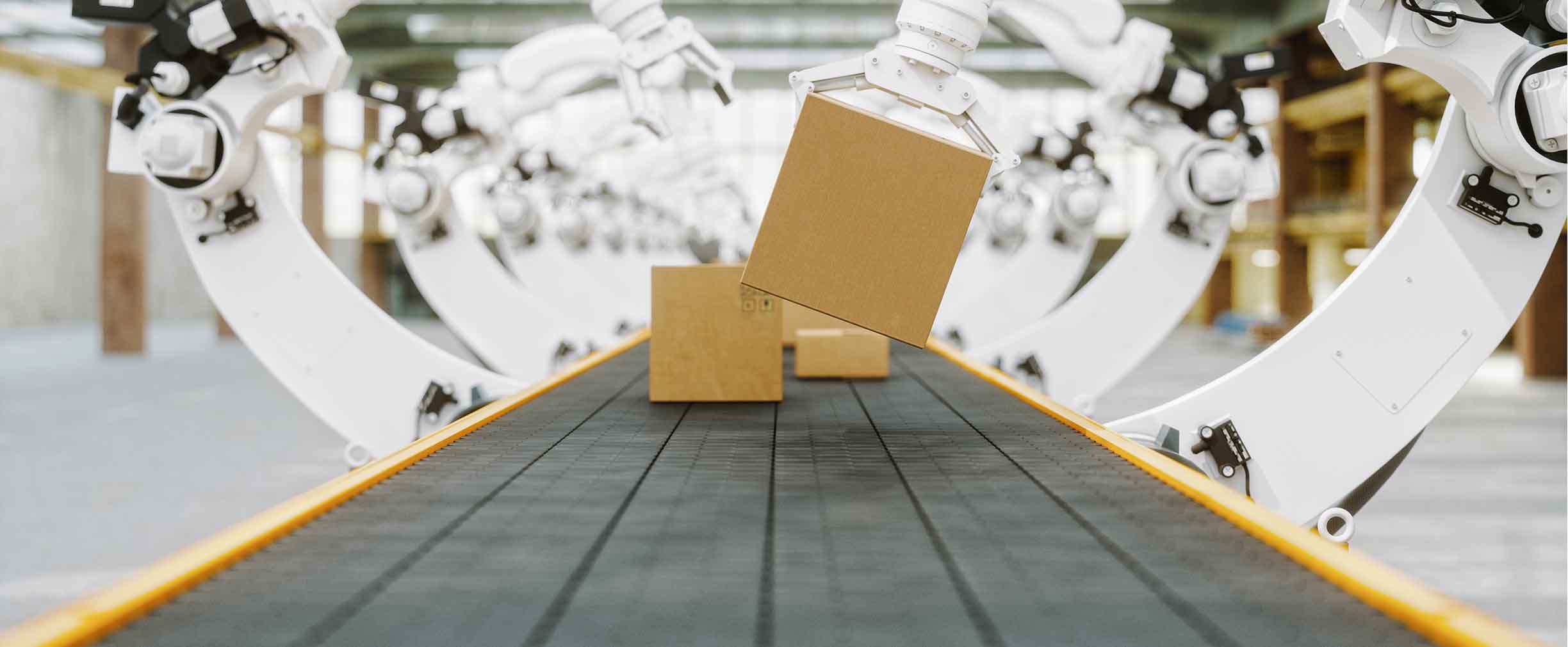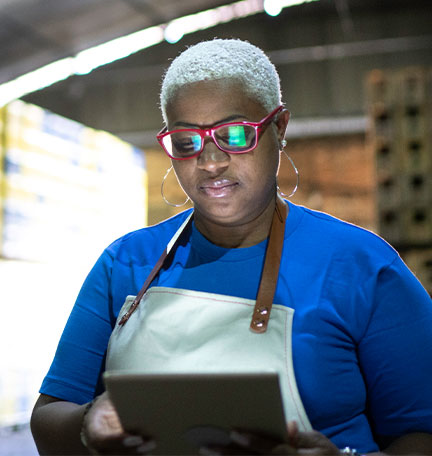The Fourth Industrial Revolution has arrived. Here’s what you need to know about digital transformation in manufacturing.
The manufacturing industry is often thought of as being traditional, staid, and behind-the-times — an undeserved reputation for an industry whose impact has gone far beyond introducing us to new energy sources, cutting-edge technology, and new modes of transportation.
Now, more than 200 years after the first Industrial Revolution transformed society, the manufacturing industry has entered what Klaus Schwab, Founder and Executive Chairman of the World Economic Forum, has called the Fourth Industrial Revolution. Sometimes referred to as Industry 4.0, the Fourth Industrial Revolution is driven by the convergence of advanced digital production technologies, new materials, nanotechnologies, and biotechnologies.
Digital Transformation in Manufacturing
A wide array of digital and automation technologies — from artificial intelligence to collaborative robots — has spurred digital transformation in manufacturing. That transformation has only been accelerated by the pandemic’s effects on digital adoption. As of 2019, 81 percent of industrial manufacturers had already begun to leverage the Internet of Things (IoT) to improve operational efficiency and optimize factory conditions, according to a PwC survey. In the wake of the pandemic, 91 percent of manufacturing companies increased their investment in digital technologies.
Smart factories now rely on connected machines, sensors, and devices that communicate with one another in real time to ensure everything about the system is running well and efficiently. From supply chain optimization to risk mitigation, the IoT works in concert with artificial intelligence to crunch numbers, make predictions, recognize trends, and diagnose problems, all without human intervention.
Some manufacturing companies are taking the IoT one step further through the use of digital twins — computerized versions of machines and other physical tools. Leveraging data from sensors outfitted on real-world machines, digital twins can simulate thousands of potential outcomes, enabling companies to identify and diagnose potential problems before they occur. For example, officials at multinational CPG company Unilever, which has invested heavily in the technology, note that the use of digital twins has dramatically reduced the number of production line false alarms. With 90 percent fewer alerts to respond to, workers were able to focus their energy on the job at hand, boosting production numbers.
Of course, the rise of digital transformation in manufacturing hasn’t come without roadblocks, such as the manufacturing skills gap that many companies are now facing. And like many organizations, many industry leaders are finding that simply introducing new technologies isn’t enough — rather, having a solid digital transformation strategy is key to success.
Nonetheless, there’s no doubt that a paradigm shift is underway. As in past revolutions, those who adopt changes quickly are likely to lead their companies — and their customers — forward into the new world.
Making the investment in new manufacturing technology? Learn more about our equipment financing solutions.











